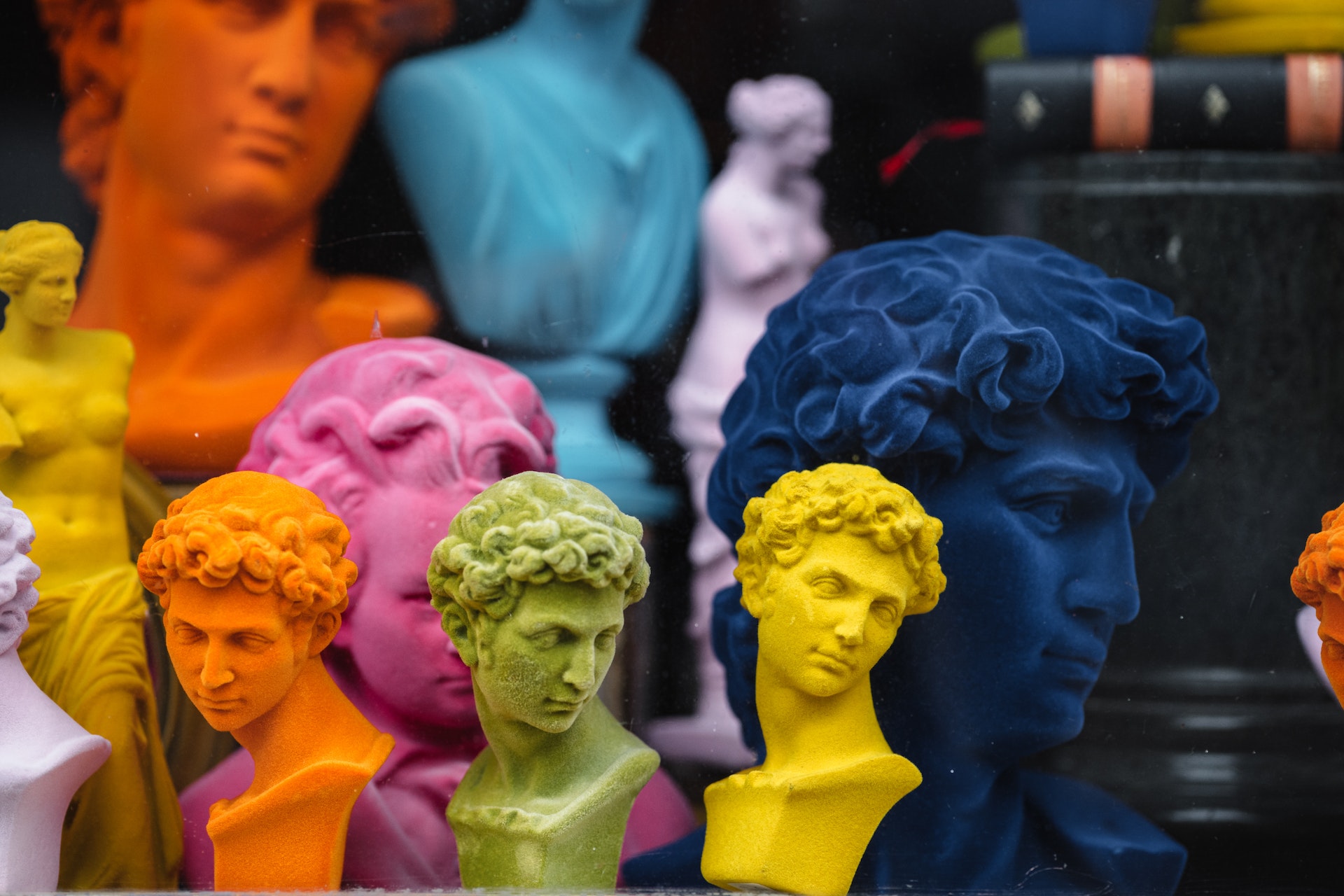Public Art - Enhancing The Beauty Of The Public Space
Public art has been around for centuries and it is considered an essential part of any city or community. Public art refers to any artwork or installations placed in public spaces for the enjoyment and appreciation of the general public.
Author:George EvansApr 07, 20238.1K Shares303K Views

Public arthas been around for centuries and it is considered an essential part of any city or community. Public art refers to any artwork or installations placed in public spaces for the enjoyment and appreciation of the general public.
These artworks range from sculptures and murals to performances and installations. Public art is intended to beautify public spaces, make them more engaging, and foster a sense of community and identity.
History Of Public Art
Public art has been around for thousands of years, dating back to ancient civilizations such as the Egyptians and Greeks.
The Romans, for example, were known for their elaborate public sculptures and architecture.
In the Middle Ages, churches and cathedrals were decorated with intricate sculptures and murals. During the Renaissance, public art became more secular and focused on the human form.
In the 20th century, public art took on a new meaning. Artists began to create works that were specifically designed for public spaces, such as parks and plazas.
Public art became more accessible and interactive, encouraging people to engage with the artwork and with each other.
Importance Of Public Art
Public art is an important part of any community. It enhances the beauty of public spaces, making them more inviting and engaging for residents and visitors alike. Public art can also help to foster a sense of community and identity.
It can serve as a point of pride for residents, as well as a way to attract visitors and tourism to the area.
Public art can also serve as a means of expression for artists. It allows them to create works that are accessible to a wider audience and that can have a positive impact on the community.
Public art can also serve as a platform for social and political commentary, encouraging public dialogue and discussion.

How Public Art Challenges Public Space | Vardit Gross | TEDxWhiteCity
Types Of Public Art
Public art can take many forms, from large-scale sculptures to interactive installations. Some common types of public art include:
- Sculptures- These are often large-scale works that are designed to be viewed from a distance. They can be made from a variety of materials, including stone, metal, and wood.
- Murals- These are large-scale paintings that are typically applied directly to a wall or other surface. They can be used to tell a story or convey a message.
- Installations- These are three-dimensional works that are designed to be experienced in a specific space. They can be interactive, encouraging people to engage with the artwork and with each other.
- Performances- These can include music, dance, and theater performances that are staged in public spaces.
Public Art And Community
Public art has the ability to bring people together and foster a sense of community. It can serve as a meeting point or gathering place, encouraging people to come together and engage with each other.
Public art can also serve as a way to celebrate the diversity and culture of a community, showcasing the unique identity and heritage of the area.
Public art can also have a positive impact on local businesses and the economy. It can attract visitors to the area, increasing foot traffic and sales for local businesses.
Public art can also serve as a way to revitalize neglected or underutilized public spaces, making them more attractive and inviting for residents and visitors alike.
What Is The Purpose Of Public Art?
Public art serves a variety of purposes, depending on the context and the goals of the artist and the community. Some of the common purposes of public art include:
Enhancing The Aesthetic Appeal Of Public Spaces
Public art can make public spaces more visually interesting and engaging, which can make them more inviting and enjoyable to visit.
By adding color, texture, and unique design elements, public art can transform otherwise bland or unremarkable spaces into vibrant and dynamic places.
Celebrating Cultural Heritage
Public art can celebrate the cultural heritage of a community or region by depicting significant historical events, figures, or symbols.
This type of public art can serve as a visual reminder of the community's past, as well as a source of pride and identity for the people who live there.
Promoting Social And Environmental Causes
Public art can be used to promote social and environmental causes by raising awareness about important issues and inspiring action.
For example, public art installations that draw attention to the impacts of climate change or social justice issues can spark conversations and encourage people to take action to address these problems.
Stimulating Economic Growth
Public art can help stimulate economic growth by attracting visitors and tourism to a city or neighborhood.
By creating visually appealing and unique public spaces, public art can make a place more attractive to visitors, which can help local businesses thrive and create new jobs.
Fostering Community Engagement And Participation
Public art can foster community engagement and participation by creating opportunities for people to come together and collaborate on artistic projects.
By involving community members in the creation and installation of public art, artists can create a sense of ownership and pride among residents, as well as build connections and social capital among community members.
People Also Ask
How Is Public Art Funded?
Public art can be funded through various sources, including government grants, private donations, public-private partnerships, and developer fees.
What Are Some Examples Of Famous Public Art?
Some examples of famous public art include the Statue of Liberty in New York, the Bean sculpture in Chicago, the Angel of the North in the UK, the Eiffel Tower in Paris, and the Christ the Redeemer statue in Brazil.
How Is Public Art Selected For A Project?
The selection process for public art varies depending on the project and location. Typically, a committee of arts professionals and community members is formed to review proposals and select the artwork that best fits the goals and values of the project.
What Is The Difference Between Public Art And Street Art?
Public art is typically commissioned and installed in public spaces with the permission of the relevant authorities, while street art is often unsanctioned and may involve illegal activities such as vandalism.
Public art is also usually created by professional artists or artist teams, while street art can come from anyone with a can of spray paint.
Final Words
Public art has become an important part of modern cities and communities. It can inspire, provoke thought, and contribute to a sense of place and identity.
From sculptures and murals to performances and installations, public art can take many forms and reflect a wide range of artistic and cultural traditions.
As cities continue to evolve and grow, it is important that they prioritize public art as a way to enrich the public sphere and create a more vibrant, engaging, and inclusive environment for all residents and visitors.
By supporting public art initiatives, cities can foster creativity, celebrate diversity, and cultivate a stronger sense of community pride and engagement.

George Evans
Author
George Anderson, an exceptional architectural designer, envisions and brings to life structures that transcend the realm of imagination. With an unwavering passion for design and an innate eye for detail, George seamlessly blends form and function, creating immersive spaces that inspire awe.
Driven by a deep appreciation for the interplay of space, light, and materials, George's innovative approach redefines the possibilities of architectural design. His visionary compositions leave an indelible mark, evoking a sense of wonder and transforming the built environment.
George Anderson's transformative designs and unwavering dedication continue to shape the architectural landscape, pushing the boundaries of what is possible and inspiring generations to come.
Latest Articles
Popular Articles